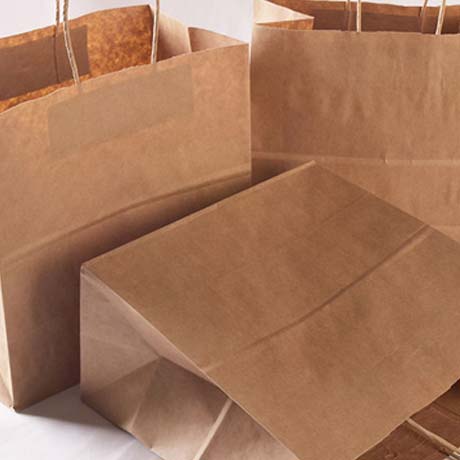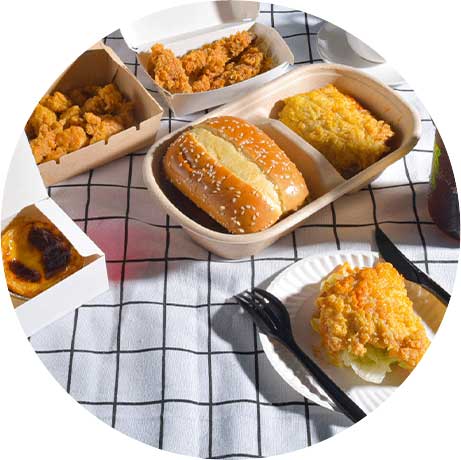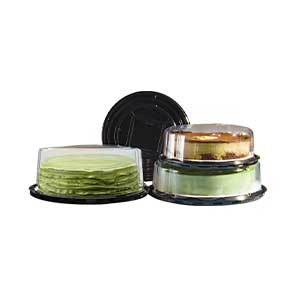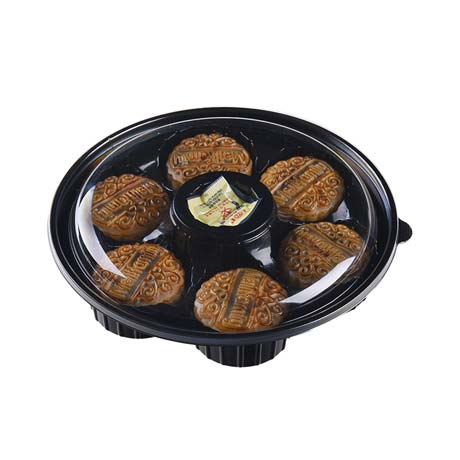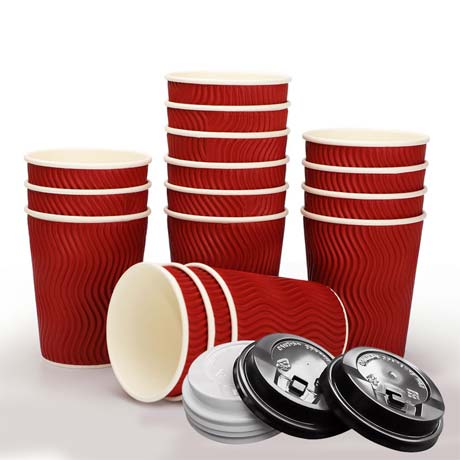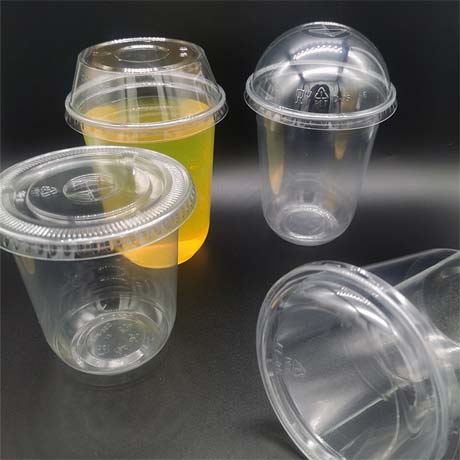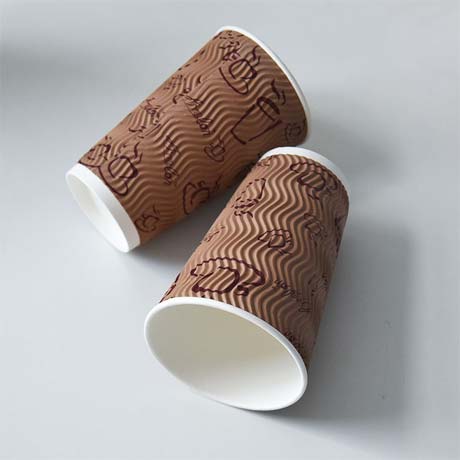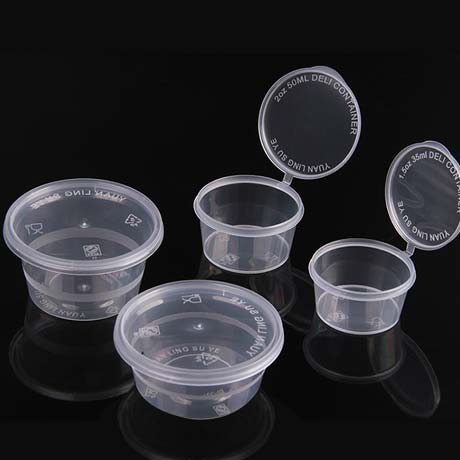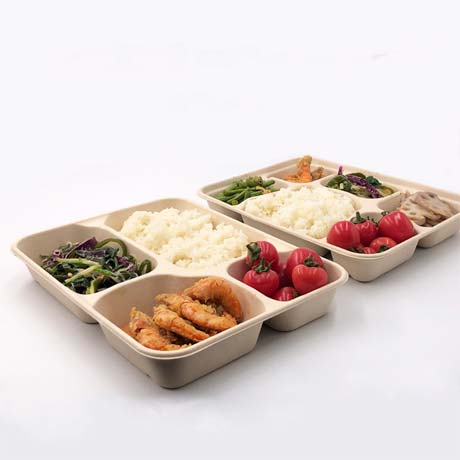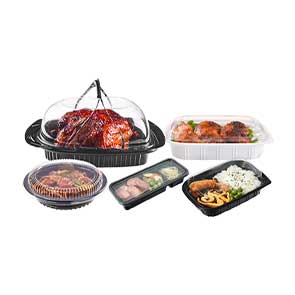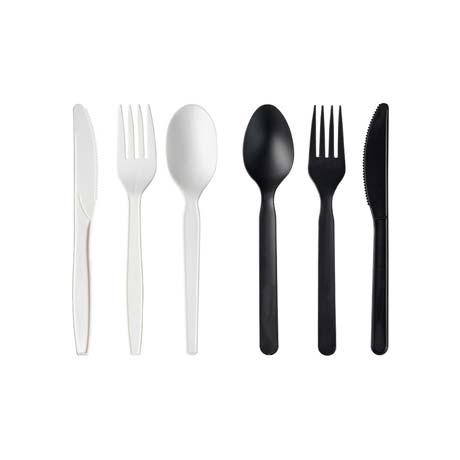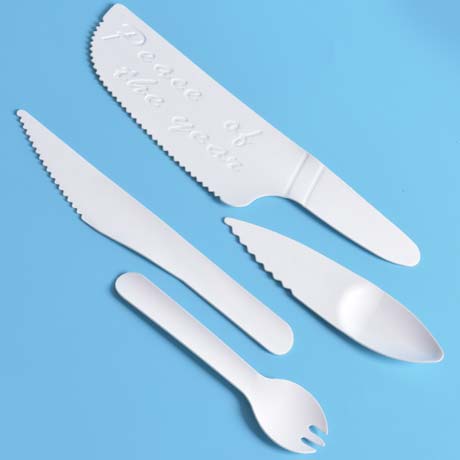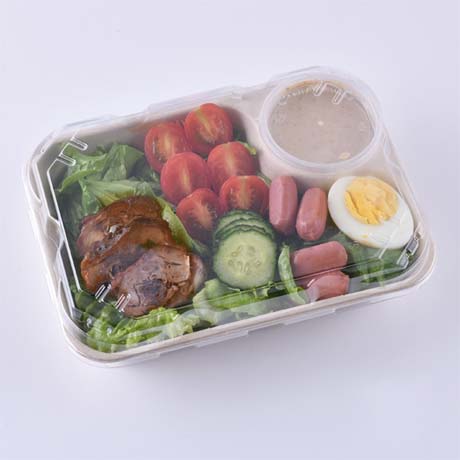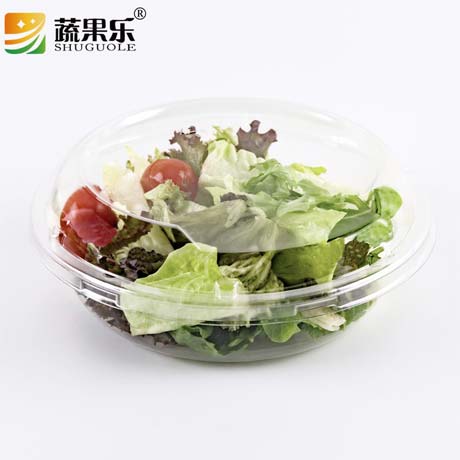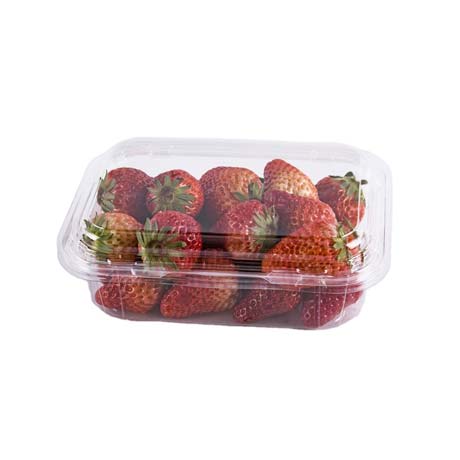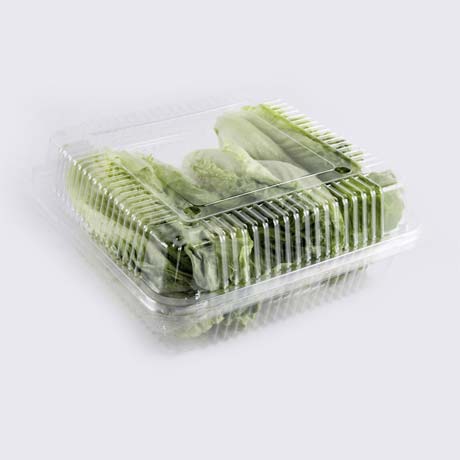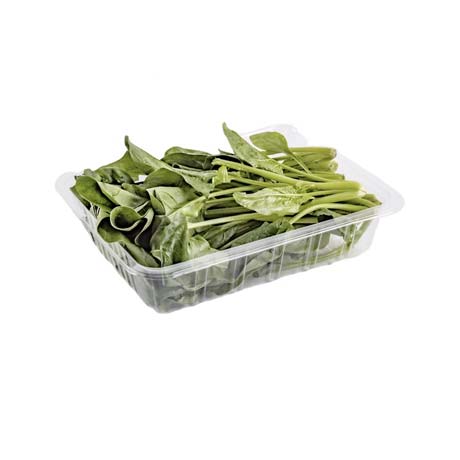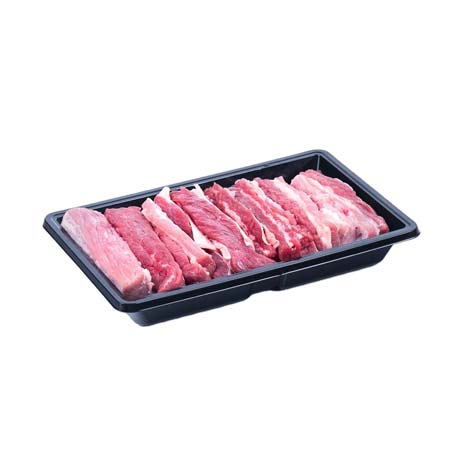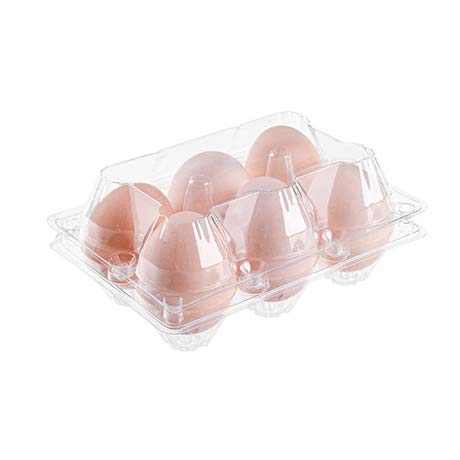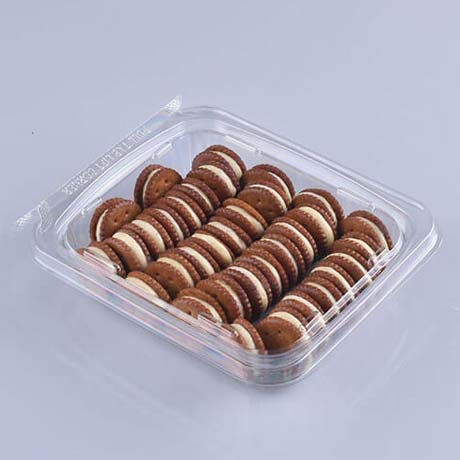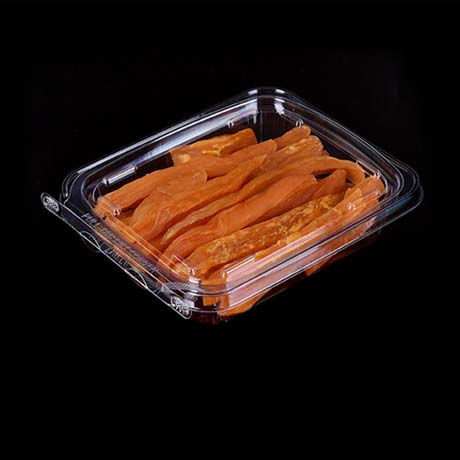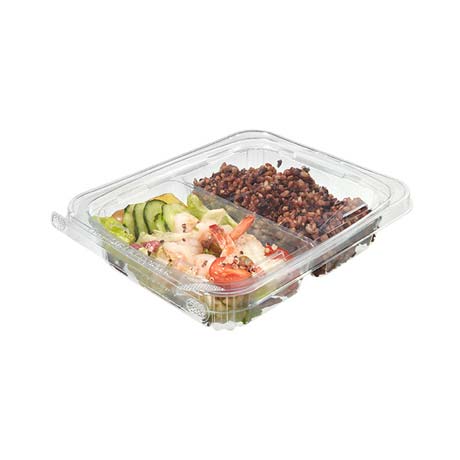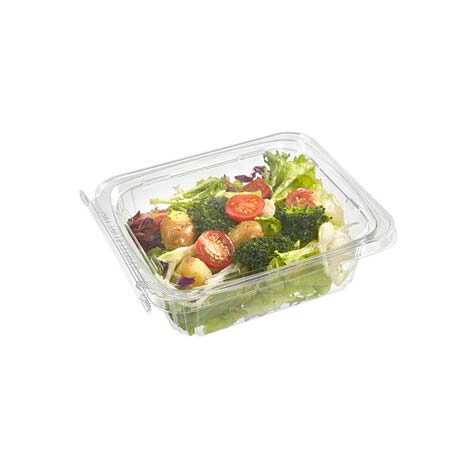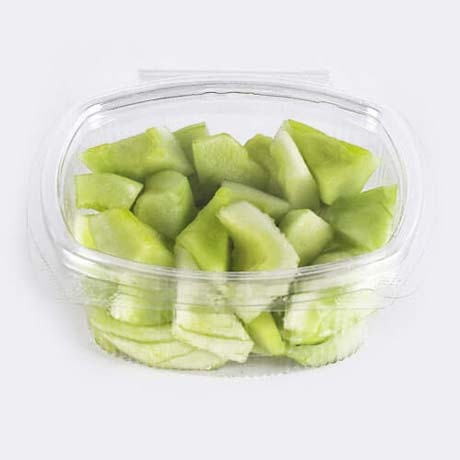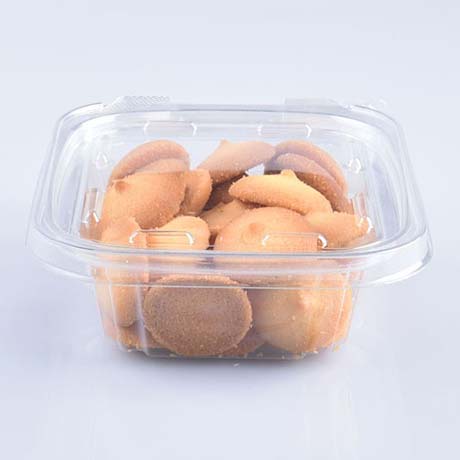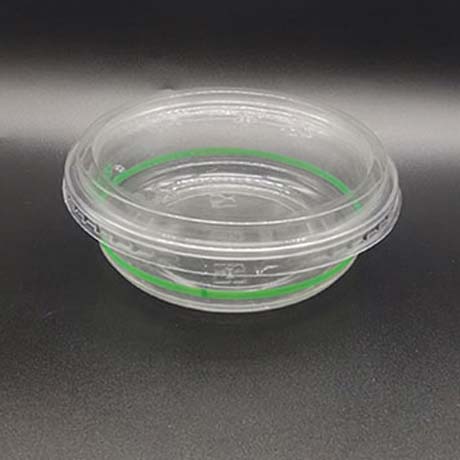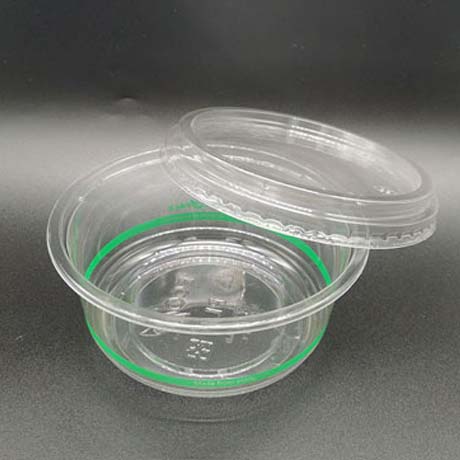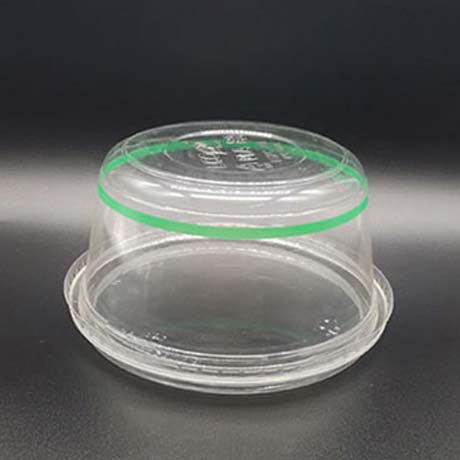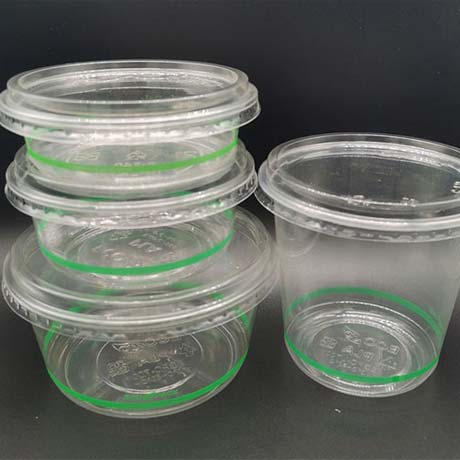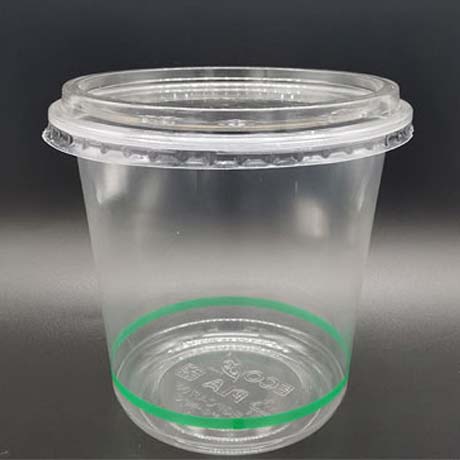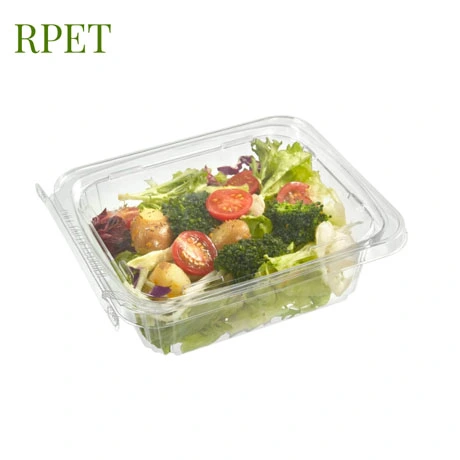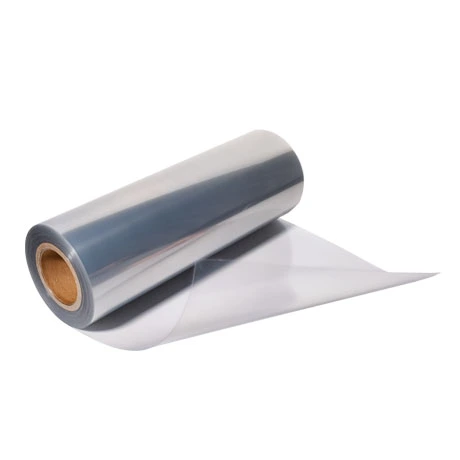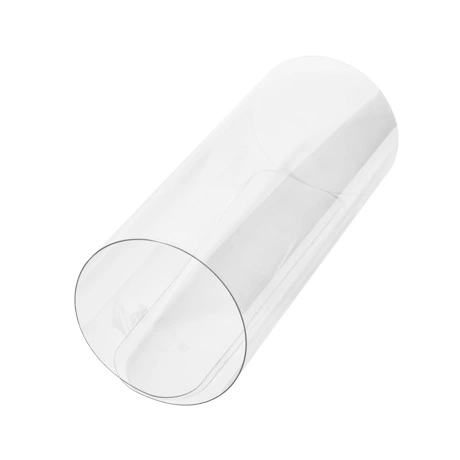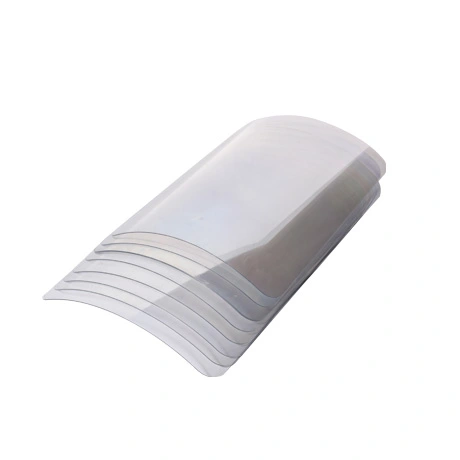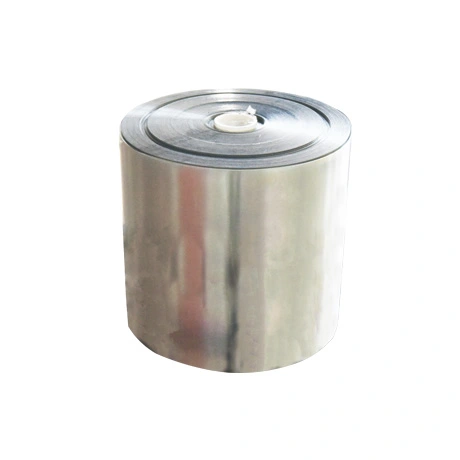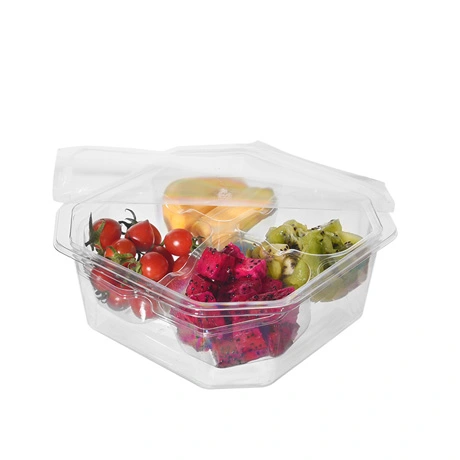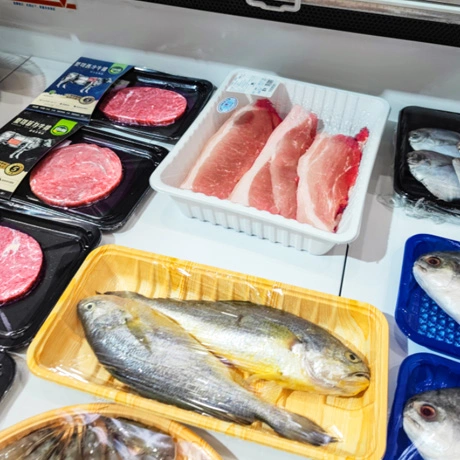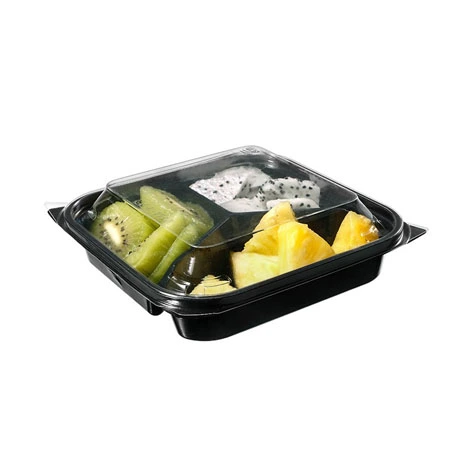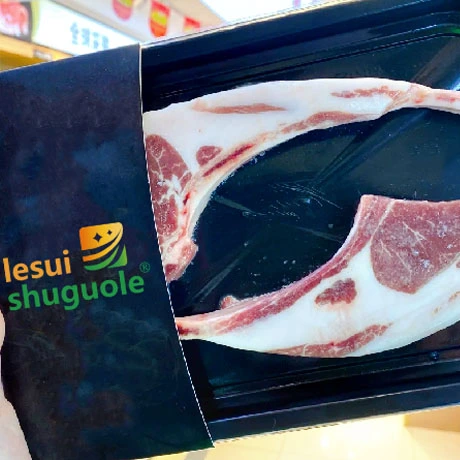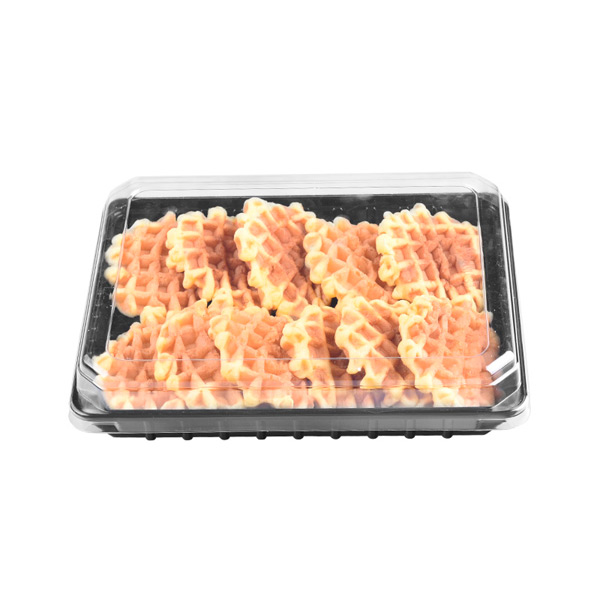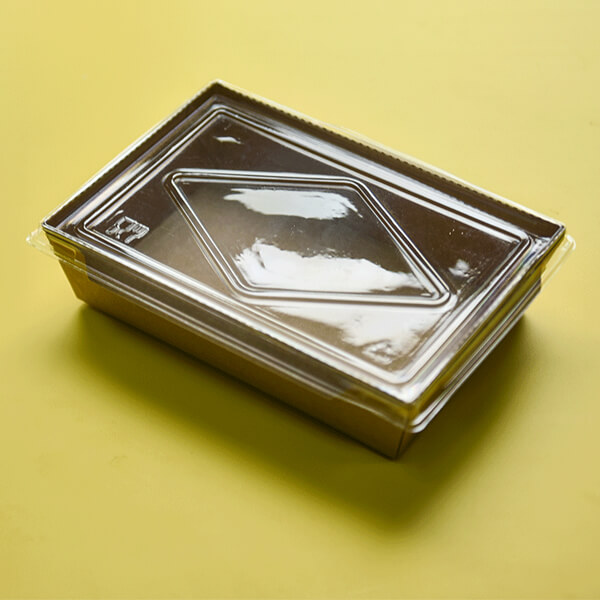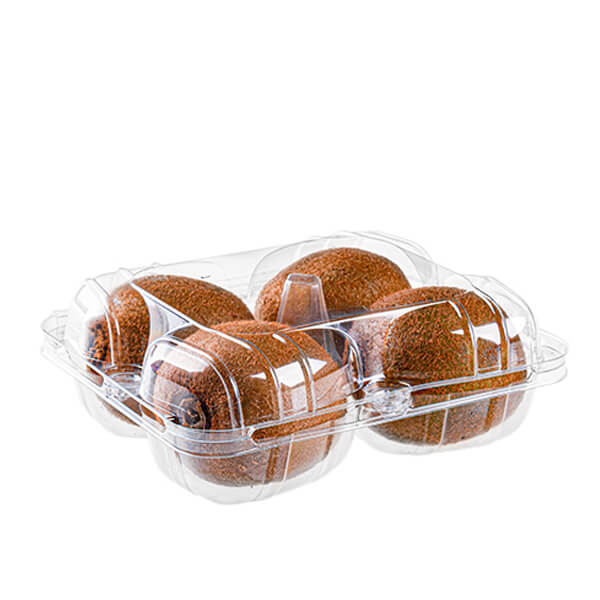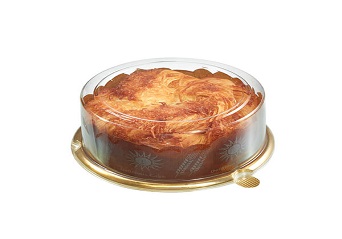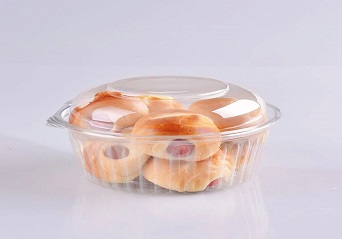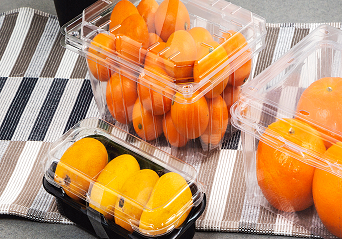With the continuous improvement of people's living standards, all kinds of disposable paper products emerge in endlessly, and many kinds of paper used in different occasions have been introduced. In China, the penetration rate of disposable paper products, especially toilet paper and women's hygiene products, is much higher in first-tier cities than in second - and third-tier cities and rural areas. As developed urban markets saturate with disposable and biodegradable cutlery wholesale, second - and third-tier cities and rural areas are emerging as new market growth areas, according to Zhiyan Data Research Center.
Disposable Tableware Can Be Divided Into Three Categories
Disposable tableware can be divided into the following three categories according to the source of raw materials, production process, degradation mode and recycling level:
Biodegradation: such as paper products (including pulp molding type, cardboard coating type), edible powder molding type, plant fiber molding type, etc.;
light/biodegradable materials: light/biodegradable plastic (non-foaming) type, such as light biodegradable PP class;
easy-to-recycle materials: such as polypropylene (PP), high impact polystyrene (HIPS), bidirectional stretch polystyrene (BOPS), natural inorganic mineral-filled polypropylene composite products.
Distinguish the quality of disposable tableware advantages and disadvantages: Inferior disposable clear plastic box because of low price, a few cents can buy, so a few small restaurants welcome it. For example, in the production of inferior meal boxes, a large number of industrial-grade calcium carbonate, talcum powder, paraffin wax, and other toxic and harmful materials are generally added, which pose a direct threat to the health of users. Fake environmental plastic meal boxes are soft to the touch, broken at a gentle tear, pungent and eye choking, and easy to leak when heat deformation; Fake pulp meal box strength is poor, color is dark, there is serious oil seepage phenomenon; There is no factory name, no trademark, and no production date on the packing cases and meal boxes; The fake meal box is heavier than the qualified product, and it is easy to sink when it is torn up in water (the proportion of the qualified product is less than 1, and it will not sink); The price is cheap, usually below 0.10 yuan, while the real environment-friendly meal box costs more than 0.13 yuan.
Disposable Tableware Best-selling Reasons
Dealers get more profit; Lack of consumer knowledge; Users to reduce the cost of the map cheap; Some products are just engraved on the mold with the words "environmental protection lunchbox", "degradation lunchbox", "urban environmental protection", and so on, but in fact, it is not environmental protection, the health performance is very poor, and some consumers only recognize these words, do not know the real situation of the product.
Recyclability of disposable tableware: Garbage classification refers to the classification of garbage storage, classification, and classification of transport according to certain regulations or standards, so as to transform into a series of activities of public resources. The purpose of classification is to improve the resource value and economic value of garbage and strive to make full use of things. First of all, disposable tableware can be divided into secondary bowls, meal boxes, and chopsticks, because they are not the same material itself. So you can't generalize. Disposable chopsticks belong to dry garbage, that is, other garbage, which refers to other household wastes except for recyclables, harmful garbage, and wet garbage. Dry garbage should be drained as far as possible, and household garbage that is difficult to identify should be put into dry garbage containers. Disposable plastic lunchboxes and cutlery are recyclable waste, which is garbage that can be recycled. Paper, cardboard, glass, plastic, metal, plastic packaging, etc., and those materials such as newspapers, magazines, advertising leaflets, and other clean paper can be recycled. Garbage classification is a general term for a series of activities in which garbage is stored, put, and transported by classification according to certain regulations or standards, and thus transformed into public resources. The purpose of classification is to improve the resource value and economic value of garbage and strive to make full use of things.

 EN
EN
 CN
CN 